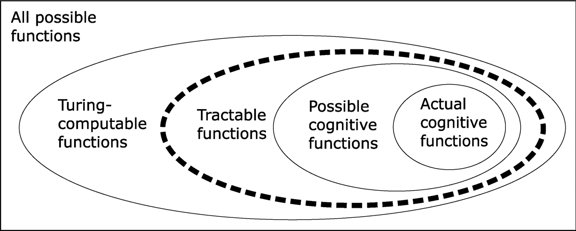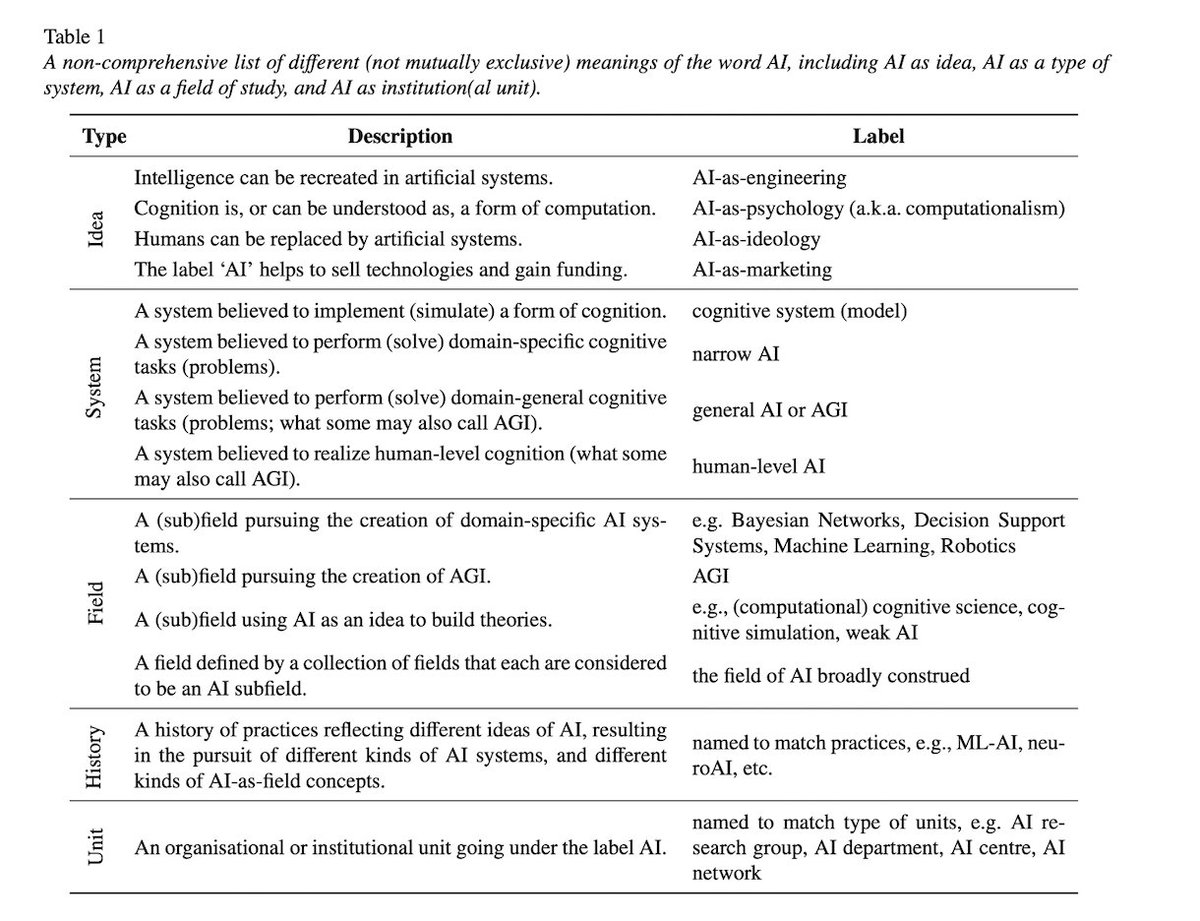The concept of ‘abduction’ came up in twitter discussion and people asked what it means. This may be a good occasion for a short thread on a recent paper about the challenges in characterising ‘abduction proper’. 1/n docs.lib.purdue.edu/cgi/viewconten…


“The capacity to formulate an explanation for a given observation is called abductive inference (Peirce, 1974).”
This capacity is vital for us to make sense of our every world, but also for scientists to construct scientific explanations for observed phenomena. 2/n
This capacity is vital for us to make sense of our every world, but also for scientists to construct scientific explanations for observed phenomena. 2/n
“Often, this capacity is characterized as an inference to the best explanation (IBE)—selecting the “best” explanation from a set of candidate hypotheses ... “
In science this may correspond e.g. to computing which of a few candidate models is most probable given the data. 3/n
In science this may correspond e.g. to computing which of a few candidate models is most probable given the data. 3/n
“However, accounts of IBE assume that the set of candidate hypotheses is given, & therefore they do not explain the origin of the set of candidate hypotheses, also known as abduction proper”
I.o.w., abduction proper is the creative part. How are novel explanations generated? 4/n
I.o.w., abduction proper is the creative part. How are novel explanations generated? 4/n
While IBE has formal characterisations (eg define “best” in terms of probability or coherence), we currently lack satisfactory characterisations of abduction proper.
The challenge is how to unify 7 necessary properties in a single characterisation. 5/n
The challenge is how to unify 7 necessary properties in a single characterisation. 5/n
The 7 properties are:
(1) isotropy,
(2) open-endedness,
(3) novelty,
(4) groundedness,
(5) sensibility,
(6) psychological realism, and
... wait for it ...
(7) computational tractability. 6/n
(1) isotropy,
(2) open-endedness,
(3) novelty,
(4) groundedness,
(5) sensibility,
(6) psychological realism, and
... wait for it ...
(7) computational tractability. 6/n
"We propose unification [of these properties] can be achieved by viewing the origin of hypotheses as a process of deep analogical inference (...) deep analogical inference allows many consecutive & branching analogical inferences that lead to sets of candidate hypotheses" 7/n 

*Intermezzo* -- In Supplementary materials we illustrate the idea of deep analogical inference and its use in (analogical) abduction proper in a case study using the Tacit Communication game (see here a demo of the game ). 8/n








"The computational-level theory of analogical abduction proper unifies 6 out of the 7 necessary properties of abduction proper under one theory."
Which of the properties does it not yet unify with the others do you think? Wanna guess? 9/n
Which of the properties does it not yet unify with the others do you think? Wanna guess? 9/n
As you may have guessed, the characterization unifies the first 6 properties, but is so far unclear how it can be computationally tractable.
I.o.w. it remains a puzzle how abduction proper can be computed without astronomical resource demands that "blow our minds/brains"
I.o.w. it remains a puzzle how abduction proper can be computed without astronomical resource demands that "blow our minds/brains"
This is in a sense neither surprising (IBE is known to generally be intractable as well, as are many other capacities); nor fatal, since we have tools for dealing w/ intractability.
*Another intermezzo* for an Intro to these tools, check out our new book

*Another intermezzo* for an Intro to these tools, check out our new book
https://twitter.com/IrisVanRooij/status/1121150960783507456?s=20

Conclusion: We made progress on characterizing abduction proper, but there remains significant theoretical work to be done.
The upshot for abduction in science? I see at least 2 implications:
1) Simple procedures won't get us far & at best get us stuck in local minima. 12/n
The upshot for abduction in science? I see at least 2 implications:
1) Simple procedures won't get us far & at best get us stuck in local minima. 12/n
2) Abduction uses vast amounts of background knowledge (i.e. isotropy). This often ignored in methods discussions.
To quote from : "we cannot rationally expect to be able to determine what is true without weighing the evidence in a global context" 13/nfeaturedcontent.psychonomic.org/psychological-…
To quote from : "we cannot rationally expect to be able to determine what is true without weighing the evidence in a global context" 13/nfeaturedcontent.psychonomic.org/psychological-…
The "short" thread turned out a bit longer in the end, but I hope it was interesting & useful.
Two co-authors on the paper () who are on twitter --> @MarkBlokpoel (1st author) & @Pim_Haselager. And co-author on the linked book --> @JohanKwisthout 14/14docs.lib.purdue.edu/jps/vol11/iss1…
Two co-authors on the paper () who are on twitter --> @MarkBlokpoel (1st author) & @Pim_Haselager. And co-author on the linked book --> @JohanKwisthout 14/14docs.lib.purdue.edu/jps/vol11/iss1…
• • •
Missing some Tweet in this thread? You can try to
force a refresh




















